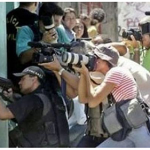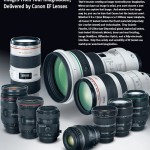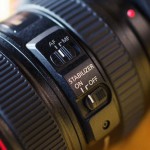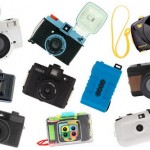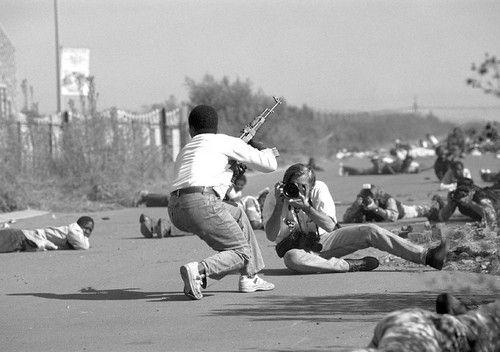
When a curious soul decides to study photojournalism, he or she will enter into an area where there exist a heavy tradition to pass news to others and to the public. As is executed by artistic photographers, a photojournalist must have an artistic touch to produce an impactful image.
Photojournalism is essentially a form of storytelling or reporting an event by using photographs as its medium. Just as those journalists who report in writing, photojournalists must convey a story clearly and easily understandable through their photographs. The 5W + 1H rule always apply in every photojournalistic session. The are the
– What?
– Who?
– Why?
– Where?
– When?
– And How?
Photographs without detailed explanations can render a photo meaningless. For a photojournalistic photograph, a storytelling photo is much more interesting than a mere beautiful photo. These photos are used to communicate what is seen, recorded, felt, and is wanted to be explained by the photojournalist to the audience.
What qualifies as criteria of photojournalistic photography:
1. Photographs that represent the truth of the event in the picture scene.
2. Newsworthy.
3. Portraits of people in their habitats. There are no digital manipulations, the subject are not a trained model, and they are not paid or rewarded in completing the process of creating these photographs.
4. Photographs which may be manipulated digitally, but not in an excessive sense. These manipulations may include the resetting of the brightness, contrast, and do not alter the reality of the picture. The sharpening of an image is allowed, as long as it is not excessive.
5. Photo manipulations are allowed, as long as it’s in the limitation of mere removal of dusts and scratches on the photos due to poor scanning or dirty camera sensors.
What is not classified as photojournalistic photography:
1. Digitally changing a photograph’s subject; such as altering the shape of the subject or removing defects (acne, dirt, and others).
2. Combining two or more photos into a single photograph.
3. Manipulating the picture; whether it be the color, brightness, contract, or saturation which affects the reality of what was seen by the photographer or by others when the picture was taken.
4. A photograph in which the subject is a paid model or a person that gained rewards for their participation in the shot.
5. Photos that appears candid, when I fact there were elements in the photograph which were staged by the photographer.
6. Photos where the subject is wearing clothing, equipment or accessories that were prepared beforehand by the photographer (set up by the photographer).
A photograph can stand by its own merits, but journalism without a photograph feels incomplete. Why are photos so important? It’s because photographs are one of the more important visual medias to record or capture the telling of an event.
In principle, photojournalism is a tool in communicating or informing news to a certain public, similar to journalists writing in a newsprint media. It just differs in that it uses a visual medium. As a means of information, of course, its role is profound: it could fix or worsen a situation. Photos, like writing, can be used as a means to shape the public’s opinion, depending on the party publicizing it. It can be utilized as a form of propaganda, encouraging people to a negative or positive conduct.
Photojournalism photography is divided into several sections:
1. Spot news: Incidental photos/ unplanned photos. (example: disaster photos, riots, or aircraft accidents)
2. General news: Planned photos (example: sport events, new year celebration photos)
3. Feature Photos: Photographs posted to support a written article.
4. Photo Essays: A series of sequential photos that tells a story.
When is a photojournalistic photograph deemed successful?
The success and failure of a photojournalistic photograph depends more on preparation and hard work than it does on pure luck. It is undeniable that there are photographs that are an end result to “being in the right place at the right time.” But a professional journalist does research on the subject to be able to determine potential events and take photographs that supports said subjects (anticipation). Preparation is profoundly important, for that perfect photographic moment only lasts a few seconds and can never be rewound.
A deep sense of ethics, empathy, and conscience are very important and valuable characters that exist within a photojournalist.
A photojournalist must be able to visualize an event in its actuality through their work. Essentially, the resulting image should be deeply self-explanatory and easy for the public to understand. And this must be done with very little (if any) digital manipulation done to the photograph.
James Nachtwey: TED Prize wish: Share a vital story with the world
